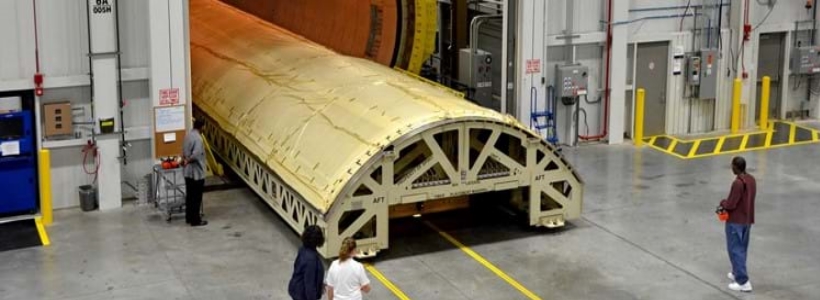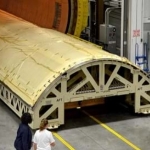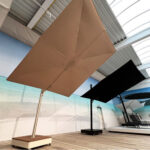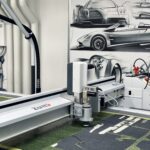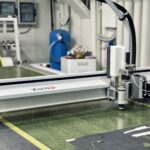Depending on a component’s geometry, the project could reduce operating costs by as much as 50%, through reduced CAPEX, factory space and energy consumption, while cutting cycle times by up to 40%. Autoclaves are vessels used to process materials in a mould at high pressures and temperatures. They typically cure high-performance components, placing the part in a vacuum within an autoclave and then applying a combination of pressure and heat during a pre-determined cycle – typically two hours at the cure temperature. The result is a high-strength, lightweight component for use in a range of high-value manufacturing sectors, predominantly aerospace. Normally, these parts are cured for a standard period of time, at a set temperature, regardless of how they are responding to the curing process. The consortium in Prestwick has improved on this by creating a tool that removes the need for an autoclave, which typically represents around US$4 million in upfront capital expenditure, while allowing users to monitor and match a cure cycle to a component’s geometric characteristics and how it is reacting to the process. “Instead of curing components at a standard temperature for hours at a time, we can now tailor the cycle time to match individual part geometries,” explains Stevie Brown, Lead Engineer at Spirit’s Advanced Technology Centre in Prestwick. “The autoclave has been a bottleneck in manufacturing lines, and removing it will reduce cycle times for components, cut production costs and decrease energy consumption.” “This initiative is about bringing engineering solutions to industrial challenges: tracking of the progression of the curing process during the manufacture of high-value components is a big gap in manufacturers’ knowledge,” adds Christos Tachtatzis, Lecturer – Principal Investigator from the University of Strathclyde’s Department of Electronic and Electrical Engineering. “The consortium has developed a multi-zone heated tool with advanced control of the curing for individual parts, allowing for geometry-driven cure cycles and better decision making. The optimisation of the composite curing process has been a long-term goal for a range of industries and this solution has the potential to revolutionise the sector.” The project will continue for another year at least, in order to mature the technology further. CENSIS supported the collaboration with £50,000 of funding, as well as project management and monitoring expertise from its team. “This project has the ability to change the way a range of high-value components are manufactured – it’s a ground-breaking initiative,” comments Craig Fleming, Business Development Manager at CENSIS. “The collaboration between Spirit AeroSystems and the University of Strathclyde demonstrates what can be achieved when Scotland’s world-class academic institutions and industrial base work together. Not only is it a first for the UK, but the academic know-how provided by the University of Strathclyde is allowing Spirit’s Prestwick facility to lead the way globally; helping its operations in the US and beyond look at this new approach to component fabrication. It’s encouraging to see a Scottish manufacturing and assembly site set a new benchmark in global manufacturing capabilities.”
